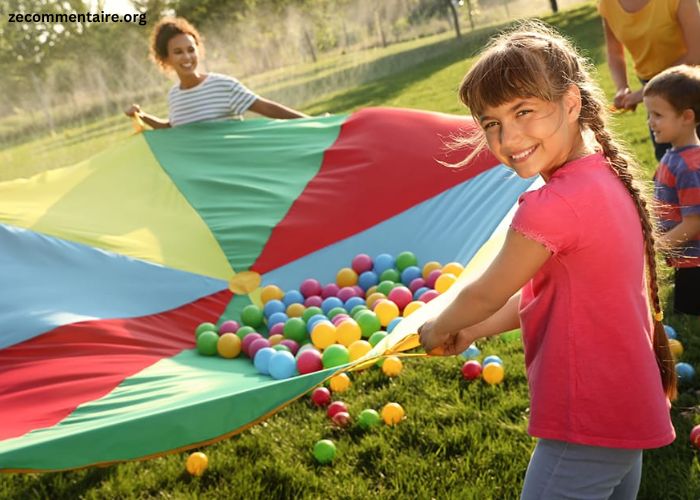Field day has evolved far beyond the classic sack races and tug-of-war battles. Today, schools are transforming this end-of-year tradition into dynamic, high-energy events that students talk about all summer long. By blending movement, creativity, and community, field days are becoming a cornerstone of school culture — and a highlight of the academic year.
Why Field Day Still Deserves the Spotlight
In a school year packed with testing and tight schedules, field day offers a rare and valuable break — a chance for students to move, laugh, and just enjoy being kids. It’s a celebration of everything that makes a school community thrive: teamwork, play, and the simple joy of being together outdoors.
When thoughtfully planned, field day can also reinforce important values like inclusion, creativity, and school pride — all while giving teachers and staff a well-earned moment to celebrate the year’s accomplishments.
Embracing Themes Without Overcomplicating the Day
One popular way schools are elevating field day is by choosing a fun, flexible theme. It doesn’t have to be elaborate — even something as simple as “Olympic Day” or “Water Day” can provide direction for activity planning and spark student excitement. A superhero training course or a backyard-style carnival theme can bring energy and structure, making everything from signage to volunteer shirts feel more unified.
The goal is to create an experience that feels intentional without adding stress. A clear theme gives students something to rally around while helping staff and volunteers plan with purpose.
More Movement, Less Waiting
Gone are the days of standing in long lines for a turn at a single game. Many schools now design field day as a circuit of activity zones — smaller stations spread out across the campus or field, with students rotating through in small groups.
Think of it as a mini festival where every student gets a chance to participate fully. From foam noodle obstacle courses to three-legged relays and hoop challenges, the options are endless. Some schools even add a moonwalk and bounce house to create a focal point of excitement — a simple rental that brings big energy and requires minimal setup.
Making Field Day Inclusive for Everyone
The best field days are designed with all students in mind. That means moving beyond one-size-fits-all competitions and making sure every child, regardless of energy level or ability, feels welcome and engaged.
Here are a few inclusive field day strategies that schools are embracing:
- Provide sensory-friendly stations like bubbles, chalk art, or quiet crafts for students who need a break from high-energy activities.
- Offer low-impact games for kids who may be recovering from injury or have mobility limitations.
- Design cooperative games that emphasize teamwork instead of competition, so everyone can contribute.
- Give students choice — allowing them to opt into activities they’re excited about builds confidence and enjoyment.
This kind of planning helps create a day where every student feels celebrated, seen, and safe to join the fun.
A Learning Twist That Keeps It Meaningful
Some schools are blending academics into their field day planning — not in a heavy-handed way, but in clever, light-hearted bursts. For example, relay races that involve solving a quick math puzzle before advancing, or scavenger hunts with vocabulary clues scattered around the field. These subtle touches keep the mind moving alongside the body, and they can add an extra layer of purpose to the day without dampening the fun.
Making It Memorable Without the Mayhem
The most successful field days share a few things in common: simple organization, clear communication, and flexibility. Rotation schedules help reduce chaos. Volunteer hubs stocked with supplies keep everything flowing. Plenty of water, shade, and transition time ensure that students stay energized instead of overwhelmed.
Field day doesn’t have to be a production — just a well-orchestrated celebration. The goal isn’t perfection. It’s creating a space for students to breathe, bond, and blow off steam in a way that feels positive and personal.
Final Thoughts: Why Field Day Still Matters
Field day remains one of the most anticipated and beloved traditions in schools. It’s a day where learning takes a backseat to laughter, and where memories are made in sneakers and sunshine instead of at desks.
With a little creativity and thoughtful planning, schools can turn this tradition into an unforgettable experience. Whether it’s through themed relays, quiet art corners, or the shared joy of bouncing around with friends, field day reminds students that learning and fun can go hand in hand — and that every child deserves a chance to shine. From creative stations to inflatable fun, a well-planned field day leaves kids smiling and schools proud.





